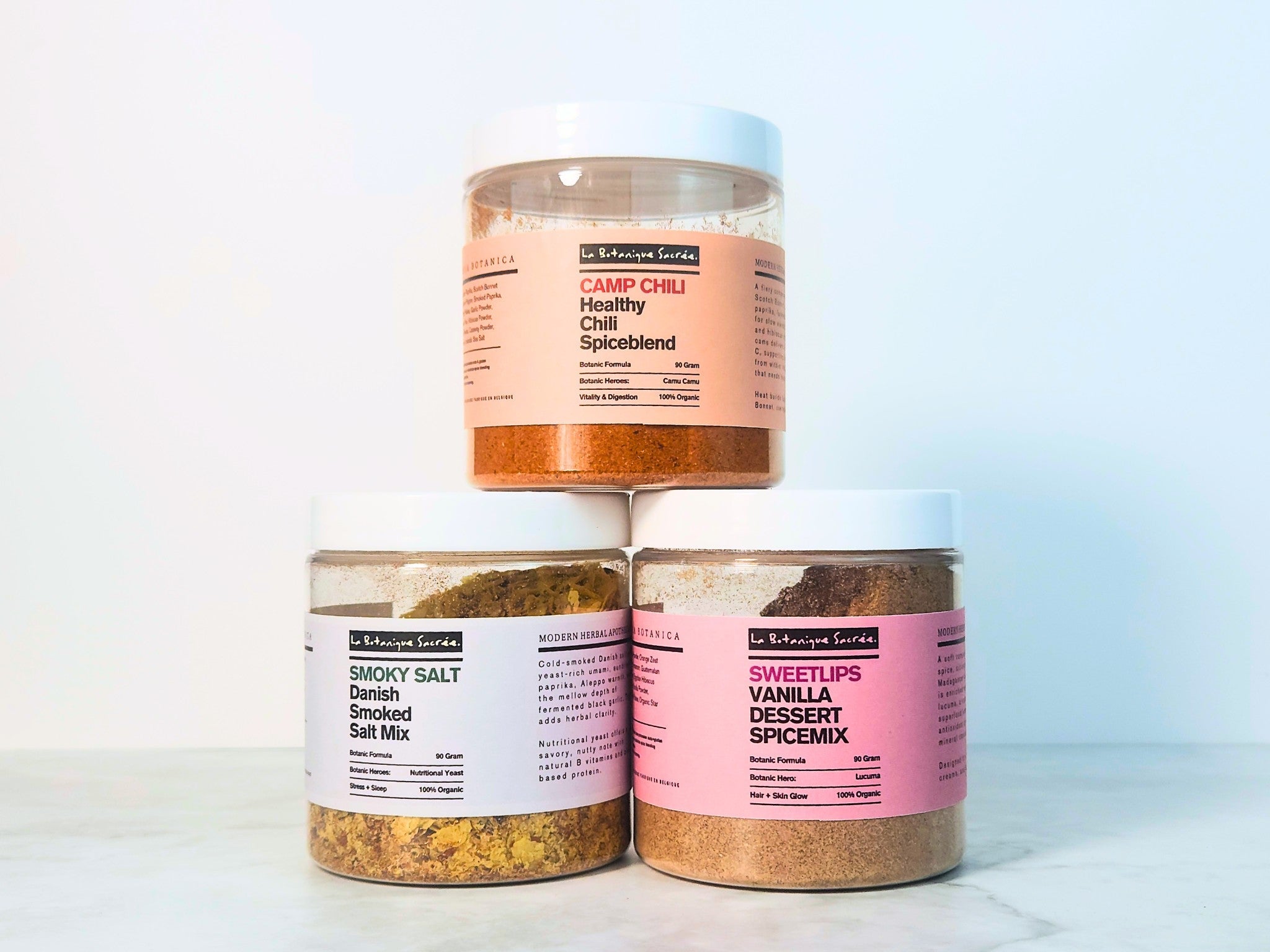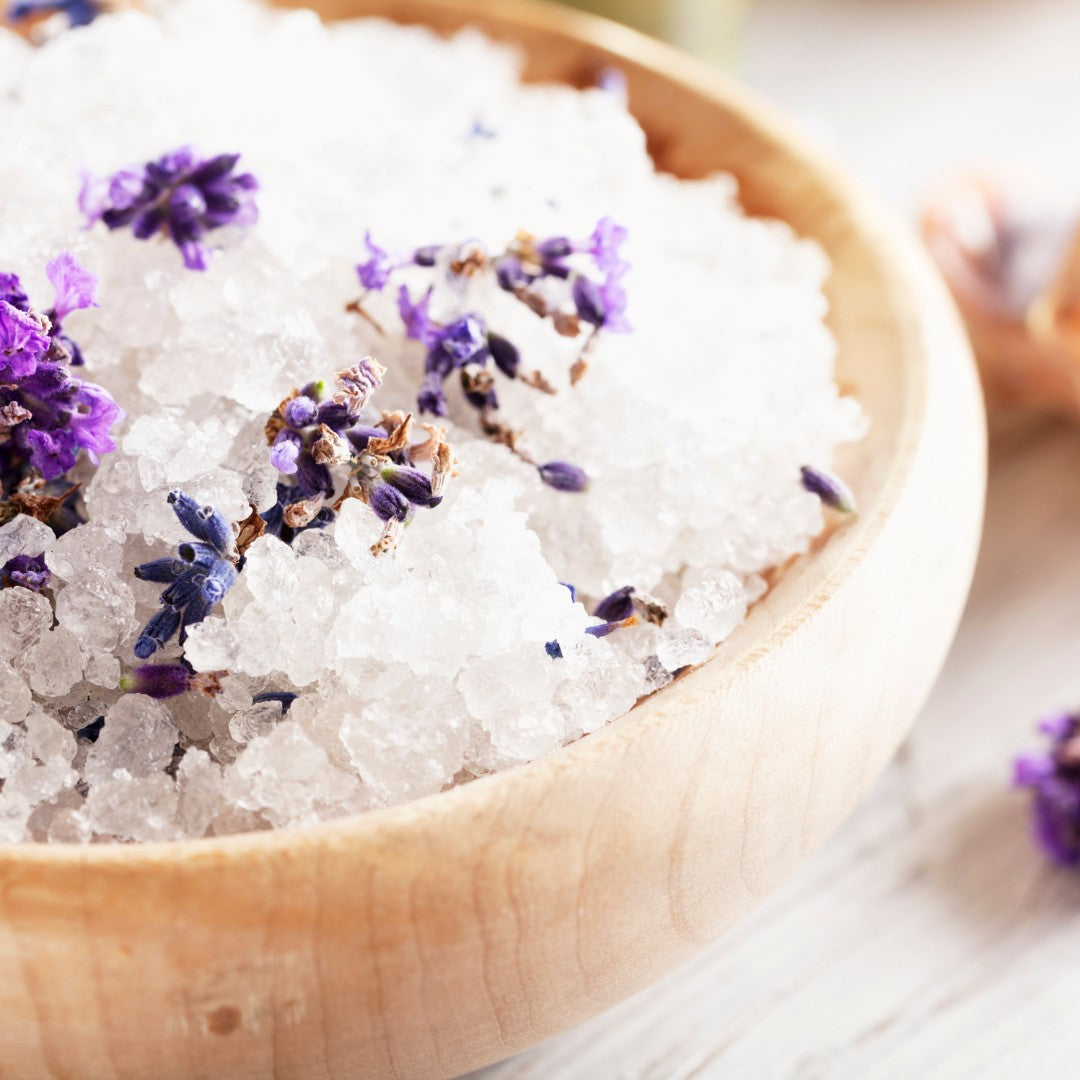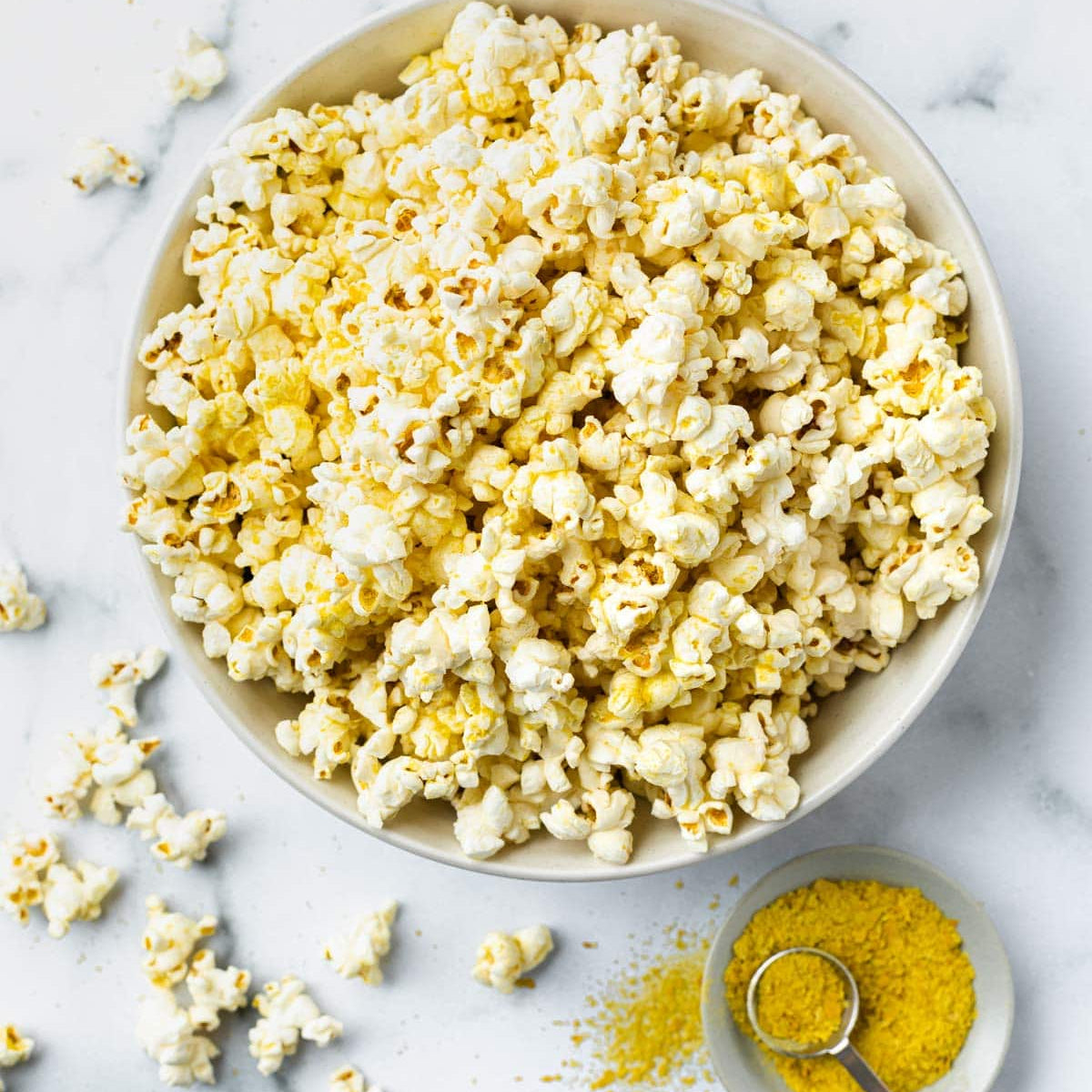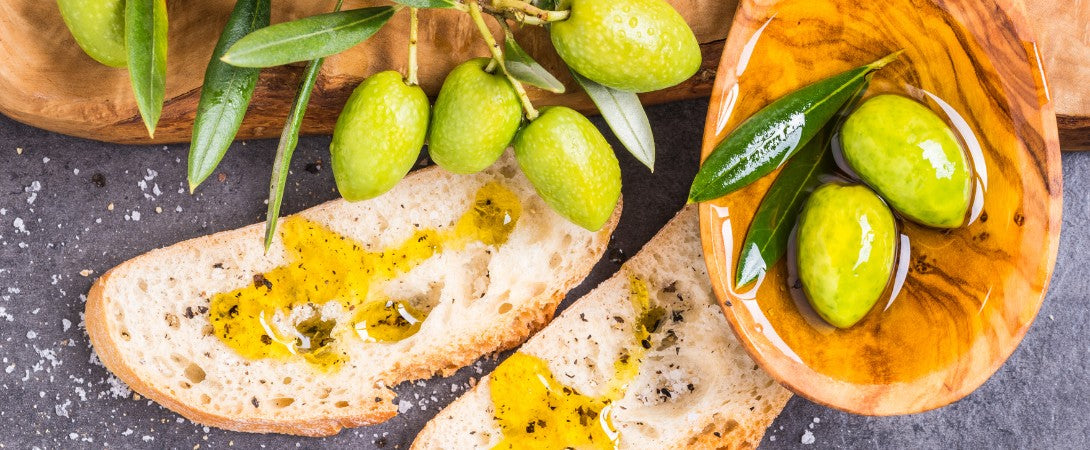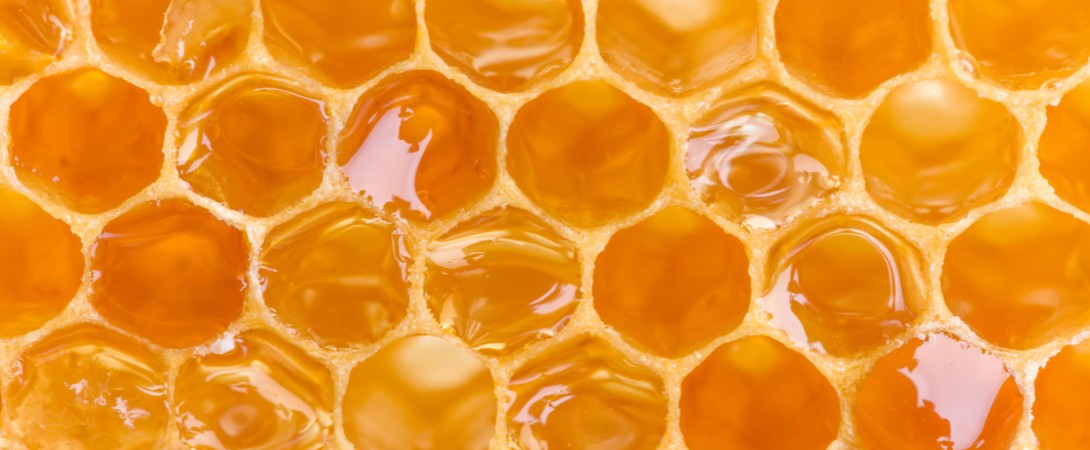Iranian Tarragon for a twist on the classic French herb
Tarragon defines discreet luxury in the herb world. Iranian dried Tarragon arrives as slender green shards that release anise-vanilla breath the instant they meet warm air.
This profile rests on linalool, estragole and trace coumarins that survive careful low-heat drying. The result is a shelf-stable leaf that slips into sauces, broths and pickles with minimal steep time while preserving the bright “Tarragon flavor” chefs prize.
Iranian estates near Hamadan cultivate organic stands, cut at dawn, shade-dry below forty-two °C, and sieve for uniform flake that flows without clumping. From béarnaise to Persian sabzi polo, Tarragon answers the evergreen question “what is tarragon spice” in one clean inhale.
Science and Composition
Chemical Composition
Steam-distilled Iranian dried Tarragon oil carries 70–85 percent estragole, 10–15 percent linalool, plus p-cymene and γ-terpinene that confer citrus-nut breadth. Total polyphenols reach 110 mg gallic acid equivalents per gram, rivalling oregano in antioxidant score. Quercetin and chlorogenic acid add free-radical defence
Origin & Nutritional Composition
Iran now ranks among the leading exporters of dried Tarragon thanks to semi-arid summers. Ten grams provide five calories, one gram carbohydrate and 6 percent of daily manganese, with iron and potassium in smaller amounts. Soluble fructans make up roughly 3 percent of the leaf and serve as gentle prebiotic fibre.
Reported Health Benefits
Animal studies associate daily Tarragon intake with improved insulin sensitivity and modest anti-inflammatory activity. Healthline
Human trials remain limited; still, culinary doses deliver quercetin that may reduce LDL oxidation markers. Medical News Today
Essential-oil fractions inhibit Staphylococcus aureus and E. coli in broth at 0.5 percent w/v, hinting at natural preservation value. ResearchGate
EU safety panels note estragole’s genotoxic potential yet confirm normal food use poses negligible risk.
Heritage and Function
Cultural Significance & Historical Significance
Persian cooks call Tarragon tarhun and fold it into herb stews such as ghormeh sabzi and soups like aash.
Medieval French apothecaries prized Tarragon for calming digestion after rich roasts, a practice that seeded its role in béarnaise sauce.
Contemporary Iranian pickles, torshi, rely on dried Tarragon to perfume vinegar without adding moisture
Flavor Profile
Dried Tarragon opens with licorice, shifts to faint pepper, then lingers with vermouth softness. Under low heat the herb whispers vanilla-mint; higher heat deepens bittersweet cocoa edges. The finish remains clean, allowing delicate fish or egg dishes to keep their voice.
Fun Tidbits
La Botanique Sacrée's Approach
Why we use it
La Botanique Sacrée selects Iranian dried Tarragon for its layered anise-citrus lift. The flake dissolves fast, avoiding chalk and letting essential oils bloom without protracted steeping.
Sourcing information
Partner farms near Hamadan cut Tarragon at pre-flower stage for peak linalool. Leaves dry under shade nets below forty-two °C, then pass optical color sorters to achieve uniform emerald tone.
Products featuring Tarragon
• POULETIUM – Nordic paprika rub brightened with dried Tarragon for citrus-licorice lift.
• OUEF 09 – A botanical blend designed and composed for crafting herbalicious omelets
• LA TOMATE– Mediterranean seasoning where Tarragon balances tomato umami.




